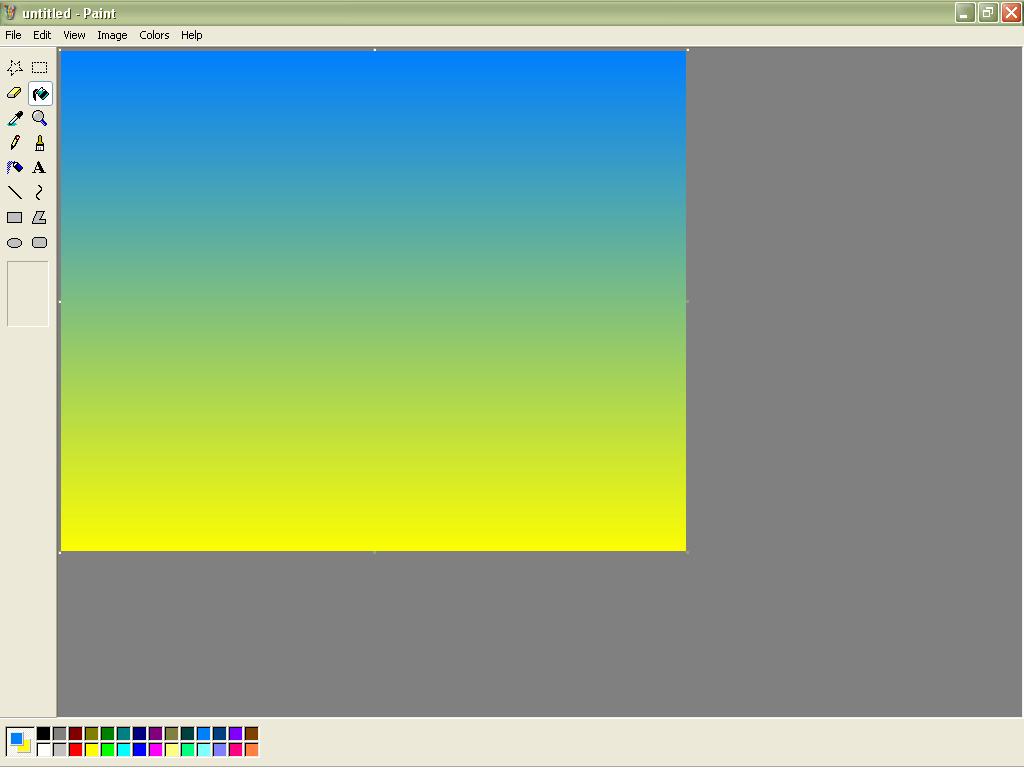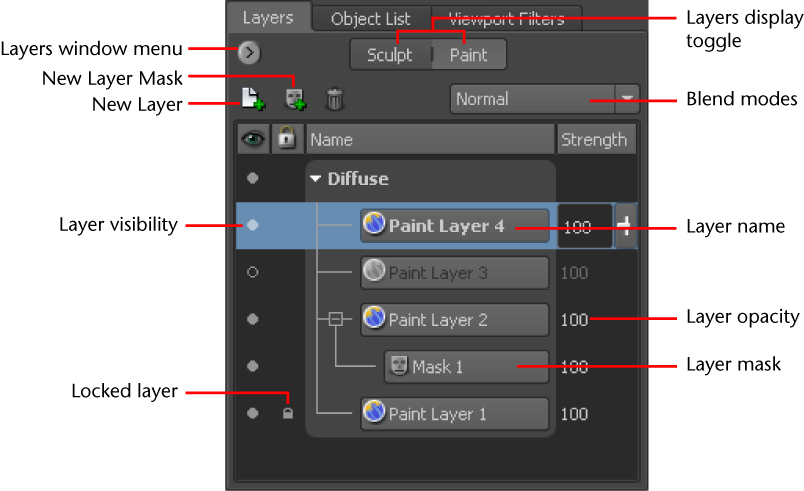

Before you finish the paste operation, set the background color of the MS paint instance with pattern one to the same color on the base image you want to pattern fill. Step four is to copy the entire base image from a separate instance of MS Paint and then paste it on top of the first pattern. (Repeat as many times as you have patterns.) This is the same as step two, in this particular instance the pattern is the fore color or two alternating bright green lines. Step three is to create the next pattern you want to fill with. In this case the pattern image is the background color, or two repeating lines of two nearly black greens. The pattern is a separate image filled with the same size as the base image. Step two is to create the first pattern you want to fill with. So step one is to create the base image as seen in image one below. Since the image for the Bahamut Star System required only two pattern fills, I used black and white. You can have as many pseudo-layers as you have colors you will not be using.

Fully saturated colors work best because they are easy to remember, but any color you will not otherwise be using in the image works as well.

When creating an image that needs a pattern fill, you need to decide on the colors you will use to designate the fill areas. This is a short tutorial on how to get MS Paint to do things it's not normally supposed to do. MS Paint is very limited in its features and it has several bugs that can be troublesome, more so when dealing with formats other than bitmap.


 0 kommentar(er)
0 kommentar(er)
